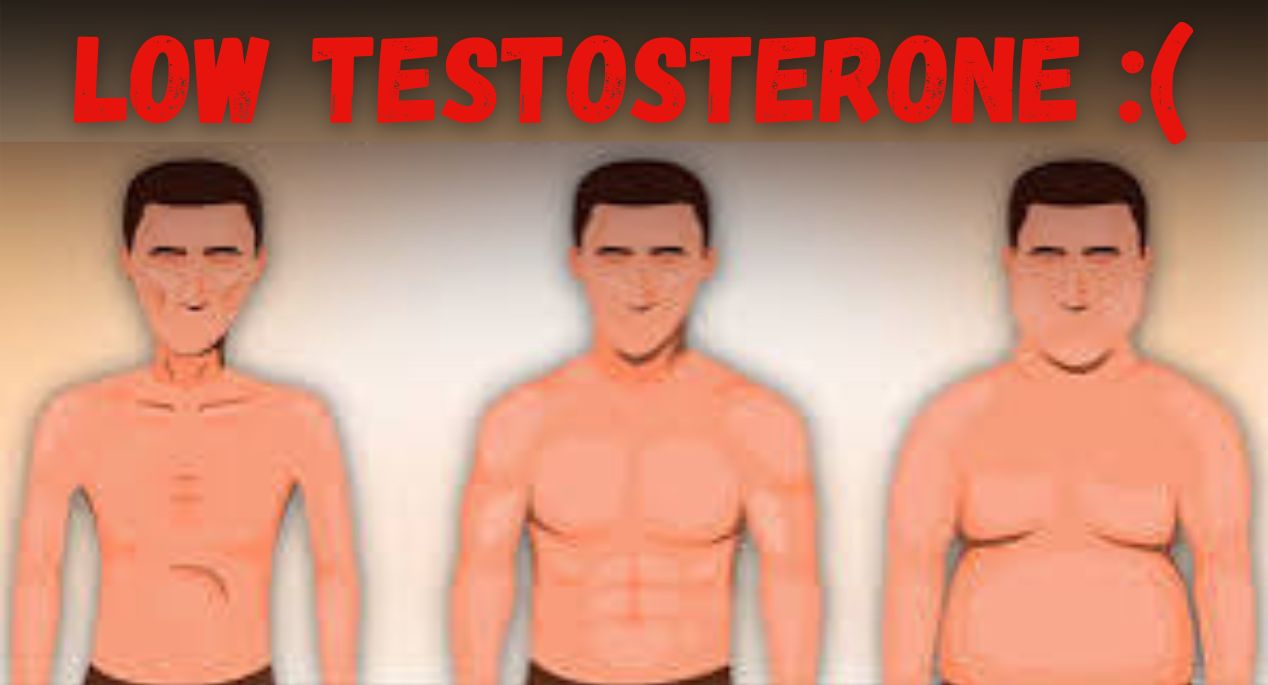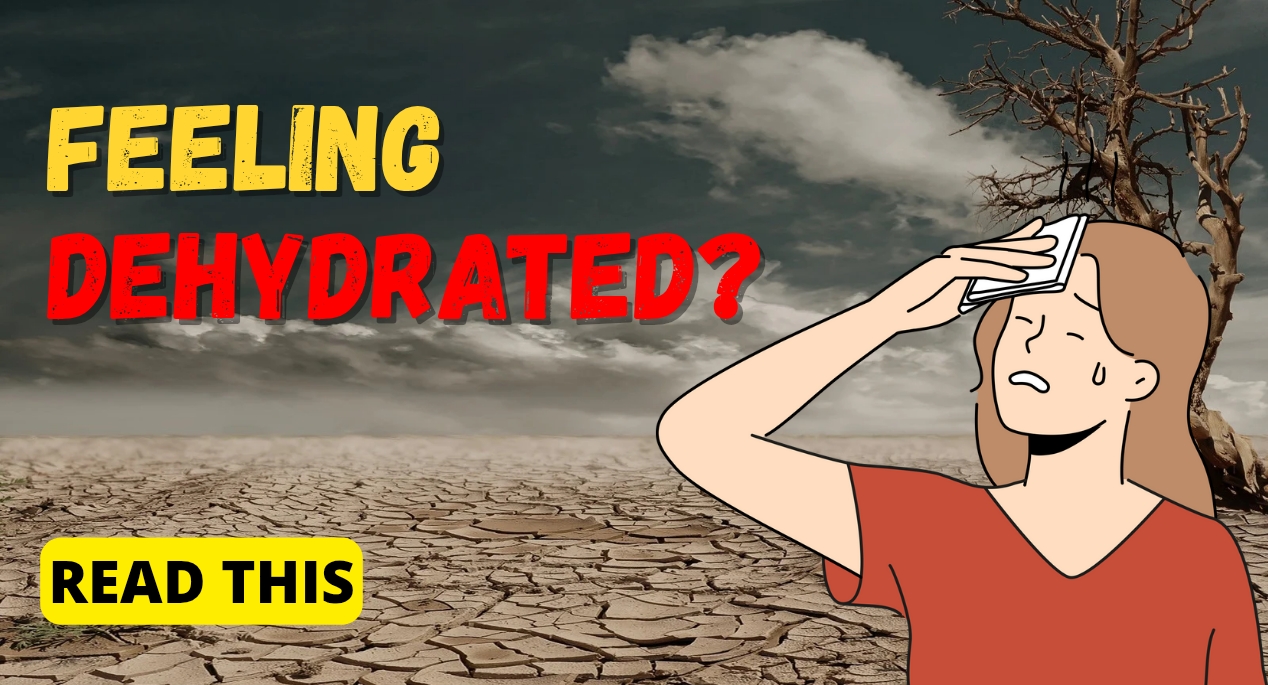Testosterone is a hormone primarily produced in the testicles in men and, to a lesser extent, in the ovaries of women. It plays a critical role in the development of male reproductive tissues, muscle mass, bone density, red blood cell production, and overall well-being. As men age, testosterone levels naturally decline—usually about 1% per year after age 30. However, for some, this drop is more significant and can lead to a condition known as low testosterone or hypogonadism.
Low testosterone can affect more than just your sex drive. It can impact your physical health, mental clarity, mood, and quality of life. In this post, we’ll explore the most common signs of low testosterone, why it happens, and what you can do about it.
What Is Testosterone?
Before diving into the symptoms, it’s helpful to understand what testosterone does in the body. In men, testosterone helps regulate:
- Libido (sex drive)
- Sperm production
- Muscle mass and strength
- Fat distribution
- Red blood cell production
- Bone density
- Mood and mental health
When testosterone levels fall below the normal range (usually 300 to 1,000 ng/dL), it can lead to a variety of physical and emotional symptoms.
1. Low Sex Drive
One of the most recognizable signs of low testosterone is a decrease in libido. While it’s normal for sexual desire to decline slightly with age, a significant drop can indicate low testosterone. Men may find they are less interested in sex, have fewer spontaneous erections, or experience decreased satisfaction during sexual activity.
2. Erectile Dysfunction
Testosterone plays a role in stimulating nitric oxide, which helps initiate and maintain an erection. Men with low testosterone may have difficulty achieving or maintaining erections. It’s important to note that erectile dysfunction can also stem from other issues like cardiovascular disease, stress, or diabetes—but low testosterone is a potential cause.
3. Fatigue and Low Energy
Persistent fatigue is another common symptom. Men with low testosterone often report feeling constantly tired—even after getting adequate sleep. They may find it difficult to stay active, focused, or motivated throughout the day.
4. Loss of Muscle Mass
Testosterone is essential for building and maintaining muscle mass. If you’ve noticed your muscles shrinking or you’re having trouble gaining muscle despite regular exercise, low testosterone could be the reason. This decline in muscle mass is often accompanied by a decrease in strength and endurance.
5. Increased Body Fat
Low testosterone can lead to increased fat accumulation, especially around the abdomen and chest. Some men even develop gynecomastia—enlargement of breast tissue—due to the hormonal imbalance between testosterone and estrogen.
6. Mood Changes and Depression
Testosterone influences mood, and low levels are associated with symptoms such as irritability, sadness, anxiety, and even depression. Men may experience sudden mood swings or a general feeling of dissatisfaction with life. Low testosterone has also been linked to a reduced sense of well-being.
7. Memory and Concentration Problems
Many men with low testosterone report experiencing “brain fog”—a lack of focus, poor memory, and difficulty concentrating. These cognitive changes can be subtle at first but become more noticeable over time.
8. Decreased Bone Density
Testosterone helps maintain bone strength. Low levels can lead to thinning bones, or osteoporosis, increasing the risk of fractures. This symptom is often overlooked until a bone injury occurs.
9. Sleep Disturbances
Low testosterone can also interfere with sleep patterns, leading to insomnia or disrupted sleep. Some men experience frequent waking throughout the night or trouble falling asleep altogether. In certain cases, low testosterone is linked with sleep apnea.
10. Reduced Testicle Size
Men with low testosterone may notice shrinkage in the testicles, even without exposure to cold temperatures. The scrotum may feel softer or less firm than usual.
11. Hair Loss
While hair loss can be genetic, testosterone plays a role in hair production, including facial and body hair. Men with low testosterone may notice thinning or bald patches in areas that were previously full.
12. Anemia
Testosterone helps stimulate the production of red blood cells. Men with low levels are more likely to develop anemia, which can cause fatigue, weakness, and dizziness.
Causes of Low Testosterone
Several factors can contribute to low testosterone, including:
- Aging: Testosterone naturally declines with age.
- Injury or trauma to the testicles
- Infections affecting the testes or pituitary gland
- Chronic illnesses such as Type 2 diabetes, liver or kidney disease
- Obesity
- Excessive alcohol consumption
- Certain medications, including steroids and opioids
- Chemotherapy or radiation for cancer
When to See a Doctor
If you’re experiencing several of these symptoms, it’s important to consult a healthcare provider. A simple blood test can measure your testosterone levels. Based on the results, your doctor can determine whether further investigation or treatment is needed.
Treatment Options
If you are diagnosed with low testosterone, there are several treatments available, including:
1. Testosterone Replacement Therapy (TRT)
TRT can be administered in several forms:
- Injections
- Gels or patches
- Pellets implanted under the skin
- Nasal or oral options
TRT helps restore testosterone levels to the normal range and may improve symptoms such as energy levels, sex drive, and mood.
Important: TRT is not suitable for everyone. It’s not recommended for men with prostate cancer, certain heart conditions, or those planning to have children (as it can lower sperm count).
2. Lifestyle Changes
Making healthier lifestyle choices can naturally boost testosterone:
- Exercise regularly, especially strength training
- Lose excess weight
- Get adequate sleep
- Reduce stress
- Avoid alcohol and drugs
- Eat a balanced diet rich in zinc, vitamin D, and healthy fats
3. Addressing Underlying Conditions
Sometimes, treating a root cause—such as obesity or diabetes—can help restore testosterone levels without direct hormone therapy.
Risks of Untreated Low Testosterone
Ignoring low testosterone can lead to long-term health issues, including:
- Increased risk of osteoporosis
- Cardiovascular disease
- Infertility
- Ongoing mental health issues
- Decline in quality of life
That’s why it’s crucial to recognize the symptoms and get evaluated.
Conclusion
Low testosterone is more common than you might think, especially in men over 40. While some decline with age is normal, a significant drop can have a profound impact on your physical, mental, and emotional health.
The good news? Low testosterone is treatable. If you’re noticing signs like low energy, reduced libido, mood changes, or muscle loss, don’t ignore them. Talk to your doctor, get tested, and explore treatment options that can restore your health and vitality.
Your hormones don’t define you, but keeping them balanced can help you feel more like yourself again.










